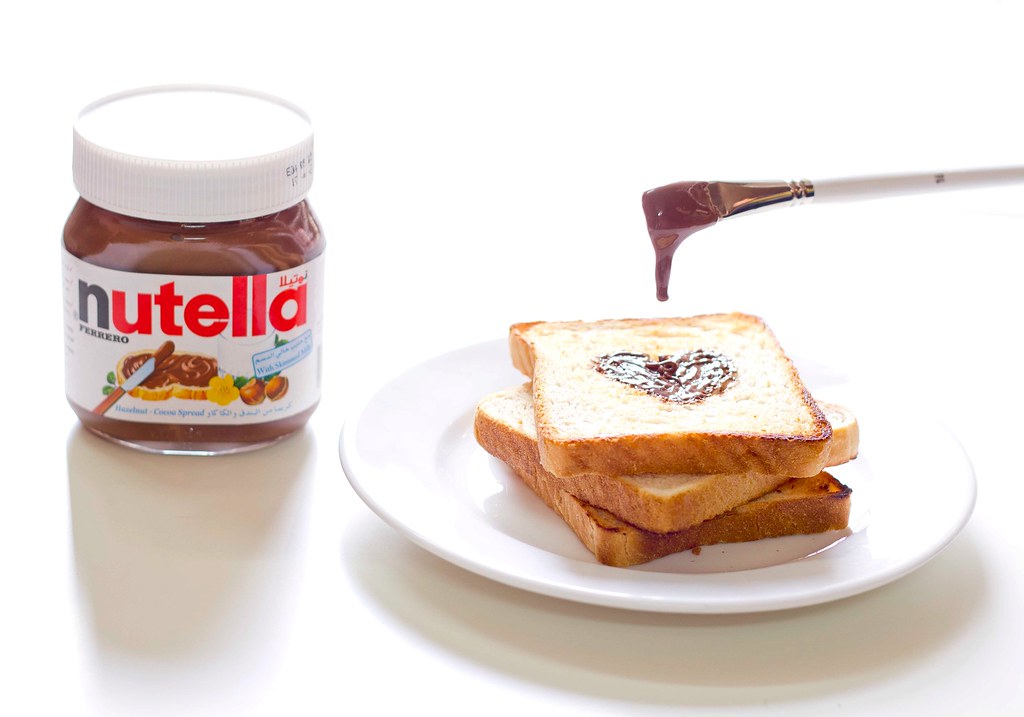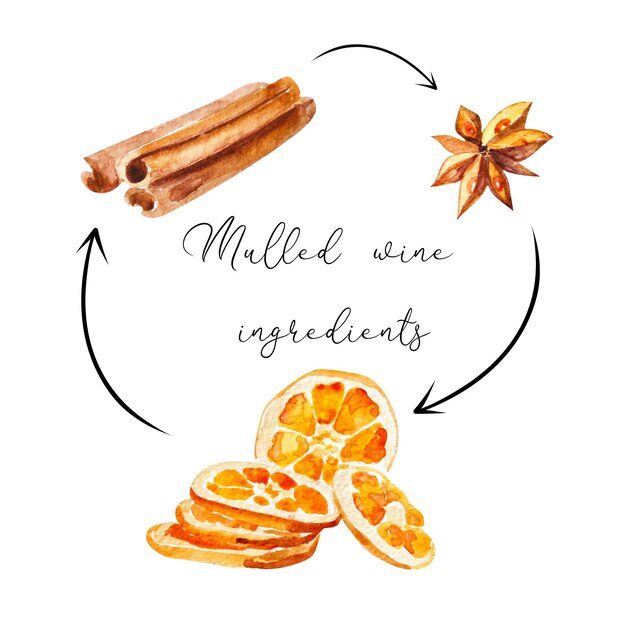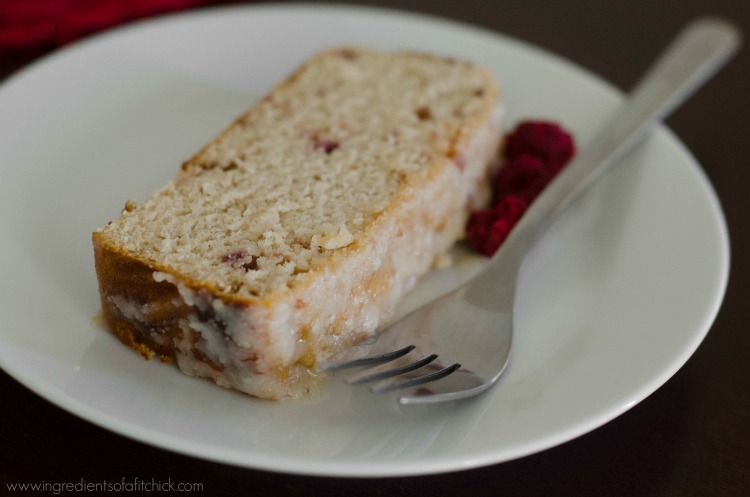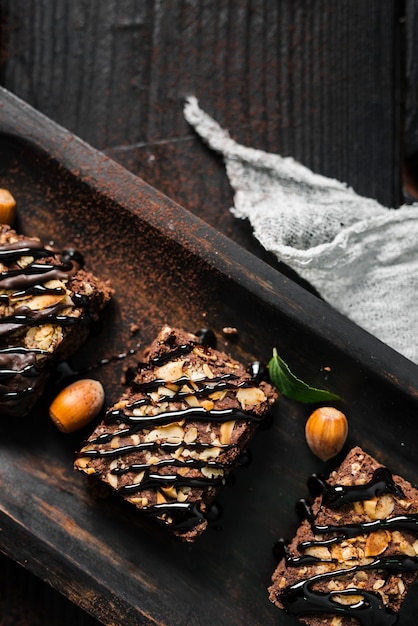One of the most cherished culinary arts is the skill of achieving a beautifully seared steak. Tender, succulent, and bursting with flavor, a perfectly seared steak can elevate any meal to a higher level of indulgence.
This guide will take you on a journey through the secrets of mastering the art of searing. We will delve into the nuances of achieving the ideal sear, exploring the techniques and tips that will ensure your steak is cooked to perfection. From selecting the ideal cut of beef to understanding the importance of preheating your cast iron skillet, we will equip you with the knowledge to take your steak game to the next level.
Whether you prefer your steak rare, medium-rare, or well-done, the searing process is key to unlocking the true potential of the flavors hidden within the meat. The sear not only creates a delightful crust on the outside of the steak but also seals in the juices, resulting in a tender and moist interior. It is the harmonious balance between the caramelized surface and the juicy interior that makes a seared steak a culinary masterpiece.
Choosing the Ideal Cut of Beef for Cooking in a Skillet
When it comes to preparing a delicious steak in a cast iron skillet, selecting the perfect cut of beef is essential. The right choice of meat can greatly enhance the flavor and texture of your meal. It’s crucial to consider factors such as tenderness, marbling, and thickness to ensure a tender and juicy steak with optimal results.
One important aspect to consider is the tenderness of the steak. Different cuts of beef vary in tenderness due to the muscle fibers present in the meat. Cuts from less utilized muscles tend to be more tender, while those from more active muscles may require special preparation techniques to achieve the desired tenderness. It’s advisable to choose cuts like tenderloin, ribeye, or strip steak for a melt-in-your-mouth experience.
The marbling, which refers to the distribution of fat within the muscle, is another crucial factor in choosing the right cut of beef. Marbling contributes greatly to the flavor and juiciness of the steak. Steaks with abundant marbling are usually more flavorful and tender when cooked. Cuts such as ribeye or T-bone steak are known for their excellent marbling and are ideal choices for cooking in a cast iron skillet.
Additionally, the thickness of the steak plays a significant role in achieving the perfect cook. Thicker cuts of beef require different cooking times and techniques compared to thinner ones. Thicker steaks are best suited for a reverse sear method, where the steak is first cooked at a lower temperature to ensure even cooking, and then finished with a high-heat sear in the hot cast iron skillet. On the other hand, thinner cuts are better suited for a quick sear on high heat. Consider the desired cooking method and adjust the thickness accordingly.
| Cut of Beef | Tenderness | Marbling | Recommended Thickness |
|---|---|---|---|
| Tenderloin | High | Moderate | 1.5 – 2 inches |
| Ribeye | High | Abundant | 1 – 1.5 inches |
| Strip Steak | Moderate to High | Variable | 1 – 1.5 inches |
| T-bone | Moderate to High | Abundant | 1 – 1.5 inches |
By considering the tenderness, marbling, and thickness of a steak, you can choose the perfect cut of beef for cooking in a cast iron skillet. Whether you prefer a tender and buttery tenderloin or a flavorful and juicy ribeye, the right selection will ensure a memorable steak-cooking experience.
Factors to consider when selecting a steak for cast iron cooking
When choosing a steak to cook in your cast iron skillet, it is important to take into consideration several factors that can greatly influence the outcome of your dish. Considering the characteristics of the steak, such as its thickness, marbling, and cut, will help you achieve the desired level of tenderness, juiciness, and flavor.
- Thickness: The thickness of the steak plays a crucial role in determining the cooking time and the final result. Thicker steaks require more time on the heat to ensure even cooking, while thinner steaks may cook quickly but risk becoming overcooked or dry.
- Marbling: The marbling, or intramuscular fat, in a steak contributes to its tenderness and flavor. Steak cuts with abundant marbling tend to be more tender and juicy when cooked, as the fat melts and adds moisture to the meat. Look for steaks with consistent and well-distributed marbling for optimal results.
- Cut: Different cuts of steak offer varying levels of tenderness and flavor. While more tender cuts like ribeye and filet mignon are popular choices for cast iron cooking, other cuts such as strip loin or sirloin can also deliver excellent results when prepared correctly. Consider the desired balance between tenderness and flavor when selecting the cut.
- Grade: The grade of the steak, such as USDA Prime, Choice, or Select, reflects the quality and level of marbling. Higher-grade steaks generally offer better flavor and tenderness, but they can also come with a higher price tag. Choose a grade that suits your preferences and budget.
- Source: The source of the steak, including the breed of cattle and farming practices, can influence its taste and quality. Grass-fed and organic options may have different flavors compared to conventionally-raised beef. Consider your personal preferences and any dietary considerations when selecting the source of the steak.
By taking into account these factors when selecting a steak for cast iron cooking, you can ensure a delicious and satisfying result that brings out the best flavors and textures in the meat. Experiment with different cuts and grades to find your perfect cast iron steak.
Tips for Preparing the Cast Iron Skillet for Cooking Steak
Ensuring the proper preparation of your cast iron skillet is essential when it comes to cooking the perfect steak. By taking the time to properly prepare your skillet, you can enhance the flavor, texture, and overall cooking experience. Here are some tips to help you prepare your cast iron skillet for cooking steak:
1. Season the skillet
Before you start cooking your steak, it’s important to season the cast iron skillet properly. Seasoning creates a natural non-stick surface and enhances the flavor of the steak. To season the skillet, coat it with a thin layer of oil or fat, such as vegetable oil or bacon grease. Then, heat the skillet on the stovetop or in the oven at a high temperature. This process forms a protective layer on the skillet and prevents rusting while improving its cooking performance.
2. Preheat the skillet
Preheating the cast iron skillet is crucial for achieving a perfect sear on your steak. Place the skillet on the stovetop or in the oven and heat it for at least 10-15 minutes before adding the steak. Preheating ensures that the skillet reaches the desired temperature, allowing the steak to sizzle as soon as it touches the surface. This helps to lock in the juices and create a flavorful crust on the steak.
- Turn on the stovetop or preheat the oven to the desired temperature.
- Place the cast iron skillet on the heat source and allow it to heat up for at least 10-15 minutes.
3. Avoid overcrowding
When preparing your cast iron skillet for cooking steak, it’s important to remember not to overcrowd the pan. Overcrowding can cause the steak to steam rather than sear, resulting in a less flavorful and less evenly cooked steak. Ensure that there is enough space between each steak in the skillet to allow for proper heat circulation and even cooking.
- Depending on the size of your skillet, cook the steaks in batches if necessary.
- Leave enough space between each steak to ensure proper searing and heat circulation.
By following these tips and properly preparing your cast iron skillet, you can elevate your steak-cooking game and enjoy a delicious, restaurant-quality steak in the comfort of your own home.
Proper seasoning and preheating techniques for the skillet
Enhancing the flavor and ensuring a deliciously seared steak are essential aspects of cooking with a cast iron skillet. This section explores the crucial steps of seasoning and preheating the skillet, which contribute to the overall success of cooking the steak.
Seasoning the skillet involves creating a durable non-stick surface and enhancing its natural flavor-enhancing properties. By applying a thin layer of oil and heating it, a protective layer is formed that prevents rust and facilitates easy release of food. It also imparts a desirable taste to the dish.
Preheating the skillet is a key step in achieving a perfectly seared steak. By placing the cast iron skillet on the stovetop and gradually increasing the heat, the skillet evenly distributes the heat and ensures a consistent cooking temperature throughout. This preheating process helps to lock in the meat’s juices and create a flavorful crust on the steak’s surface.
It is important to note that different oils can be used for seasoning the skillet, such as vegetable oil, canola oil, or even flaxseed oil. Each oil has its own smoking point and flavor profile, so the choice of oil can impact the taste and cooking process. Experimenting with different oils can provide a unique flavor to the steak.
Additionally, the preheating time may vary depending on the desired level of doneness. A longer preheating time allows for a more well-done steak, while a shorter preheating time results in a rarer steak. Adjusting the preheating time according to personal preferences is an effective method to achieve the desired level of doneness.
To sum up, the proper seasoning and preheating techniques play a crucial role in creating a delicious cast iron skillet steak. By carefully seasoning the skillet with oil and preheating it to the optimal temperature, the steak will develop a delectable crust and retain its natural juices. Experimenting with different oils and adjusting preheating times adds a personal touch to the cooking process, ultimately enhancing the overall flavor of the steak.
Seasoning and Marinating Techniques to Enhance Flavor
Unlocking the full potential of your cast iron steak requires the perfect balance of seasoning and marinating techniques. By incorporating a variety of flavors and enhancing the taste of the meat, you can elevate your steak to a culinary masterpiece. In this section, we will explore different methods and ingredients to enhance the flavor of your steak without relying solely on traditional seasonings.
1. Infused Oils: Elevate the taste of your cast iron steak by using infused oils. Experiment with aromatic herbs such as rosemary, thyme, or basil to add a subtle herbaceous quality to your steak. The oils act as a carrier, allowing the flavors to penetrate the meat and create a harmonious blend of savory goodness.
2. Citrus Zest: Brighten up the flavor of your steak by incorporating citrus zest into your seasoning. Whether it’s lemon, lime, or orange, the natural tanginess adds a refreshing element to the overall taste. Simply grate the zest of the citrus fruit and mix it with your preferred seasonings for a burst of zesty flavor.
3. Marinades: Indulge in a marinating process to infuse your cast iron steak with a depth of flavor. Combine ingredients like soy sauce, Worcestershire sauce, garlic, and spices to create a marinade that complements the natural richness of the meat. Let the steak soak in the marinade for a few hours or overnight to allow the flavors to permeate through every slice.
4. Dry Rubs: For a simple yet effective seasoning technique, consider using dry rubs. Blend together a combination of herbs, spices, and a touch of salt to create a flavorful mixture. Gently massage the dry rub onto the surface of the steak, allowing it to adhere and create a delicious crust when seared in the cast iron skillet.
5. Fresh Herbs: Embrace the vibrant flavors of fresh herbs by adding them as a finishing touch to your cast iron steak. Chop up aromatic herbs like parsley, cilantro, or chives and sprinkle them over your cooked steak to elevate the taste and add a burst of freshness to each bite.
- Experiment with different seasoning and marinating techniques to find your preferred flavor profile.
- Remember to let your steak rest after cooking to allow the flavors to meld together.
- Consider the cooking time and temperature to ensure your steak is cooked to perfection.
By exploring these seasoning and marinating techniques, you can enhance the flavor of your cast iron steak and create a culinary experience that will leave your taste buds craving more.
Exploring Different Seasoning and Marinating Options for the Steak
In this section, we will delve into the various methods of enhancing the flavors of your cast iron steak by exploring a wide range of seasoning and marinating options. By experimenting with different ingredients and techniques, you can elevate the taste and tenderness of your steak to a whole new level. Let’s explore some creative ways to season and marinate your steak.
1. Dry Rubs
Dry rubs are a simple yet effective way to add flavor to your steak. They consist of a mixture of herbs, spices, and seasonings that are generously applied to the surface of the meat. You can create your own dry rub by combining ingredients like paprika, garlic powder, onion powder, black pepper, salt, and dried herbs. Experiment with different ratios and combinations to find the perfect blend that suits your taste.
2. Marinades
Marinades are a great way to infuse your steak with flavors and tenderize the meat. They typically consist of a liquid base combined with various seasonings and acidic ingredients like citrus juice, vinegar, or wine. The acidic components help break down the proteins in the meat, resulting in a more tender and flavorful steak. Popular marinade options include soy sauce, Worcestershire sauce, balsamic vinegar, honey, and herbs.
When marinating your steak, ensure that it is fully submerged in the marinade for at least a couple of hours or overnight for maximum flavor infusion. Remember to pat the steak dry before cooking to prevent excess moisture and ensure a good sear.
3. Herb Butter
Herb butter is a luxurious and flavorful option to enhance your cast iron steak. By combining softened butter with fresh herbs like rosemary, thyme, or parsley, you can create a delicious compound butter that melts over the steak, imparting a rich and aromatic taste. Simply mix the chopped herbs into the softened butter, roll it into a log using parchment paper, and refrigerate until firm. Slice the herb butter and place it on top of the cooked steak for a burst of flavor.
Remember to experiment with different herbs, spices, and combinations to discover your personal favorite seasoning and marinating options for the perfect cast iron steak. The possibilities are endless, and each variation will bring a unique touch to your culinary masterpiece!
Mastering the Perfect Cooking Technique for a Tender and Juicy Steak
Discover the art of achieving restaurant-quality results in the comfort of your own kitchen with the ultimate cooking technique for preparing a succulent and flavorful steak. Enhance your culinary skills by learning the step-by-step process of creating a tender and juicy steak that will impress even the most discerning palates.
Understanding the Importance of Steak Resting
One of the crucial elements in mastering the perfect steak is allowing it to rest after cooking. Resting the steak allows the juices to redistribute evenly throughout the meat, resulting in a juicier and more tender texture. Learn how to properly rest your steak to maximize its flavor and tenderness.
Choosing and Preparing the Right Cut of Meat
The key to achieving a tender and juicy steak starts with selecting the right cut of meat. Familiarize yourself with different cuts and their characteristics to make an informed choice. Additionally, discover the importance of properly preparing the steak before cooking to ensure optimal results.
- Trimming excess fat and silver skin
- Tenderizing techniques for tougher cuts
- Seasoning methods to enhance flavor
By mastering the art of choosing and preparing the right cut of meat, you set yourself up for a delicious and satisfying steak dining experience.
Perfecting the Cooking Process
Take your steak-cooking skills to the next level by learning the ins and outs of the perfect cooking process. Explore different cooking methods, including pan-searing, oven finishing, and reverse searing, to achieve your desired level of doneness. Gain insights into essential cooking tips and tricks to ensure consistent results every time.
- Reaching the ideal cooking temperature
- Utilizing proper cooking techniques
- Monitoring for doneness using meat thermometers
With the knowledge and techniques shared in this section, you’ll soon become a master of cooking the perfect steak, delighting your taste buds and those of your lucky guests.
Understanding the Significance of Temperature and Timing
The success of cooking a delicious steak in a cast iron skillet heavily relies on two factors: temperature and timing. These two components play a critical role in achieving the desired level of doneness, tenderness, and flavor. It is crucial to comprehend the importance of temperature control and precise timing to ensure a perfectly cooked steak every time.
The Impact of Temperature
Temperature control is essential when cooking a steak. The right temperature allows for proper searing and ensures that the steak cooks evenly throughout. Preheating the cast iron skillet to the correct temperature creates a hot surface that caramelizes the surface of the steak, resulting in a flavorful crust. Additionally, monitoring the internal temperature of the steak during the cooking process helps achieve the desired level of doneness, whether it be rare, medium-rare, medium, or well-done.
The Role of Timing
Timing is equally important when cooking a steak in a cast iron skillet. Knowing when to flip the steak, remove it from the skillet, or let it rest after cooking can greatly impact the final result. Cooking the steak for too short a time may leave it undercooked, while cooking it for too long can result in a dry and tough texture. It is crucial to follow a precise cooking timeline to ensure that the steak is cooked to perfection and retains its tenderness and juiciness.
One effective way to keep track of timing is by using a cooking chart or timer. These tools can help ensure that the steak is cooked for the desired amount of time, based on its thickness and desired level of doneness. Additionally, allowing the steak to rest for a few minutes after cooking allows the juices to redistribute, resulting in a juicier and more flavorful steak.
| Temperature Guide | Doneness |
|---|---|
| Rare | 120-130°F (49-54°C) |
| Medium-Rare | 130-135°F (54-57°C) |
| Medium | 135-145°F (57-63°C) |
| Well-Done | 145°F (63°C) and above |
Q&A: Cast iron steak
How do I cook a New York strip steak to medium-rare using a cast iron pan?
To cook a New York strip steak to medium-rare perfection in a cast iron pan, start by letting the steak sit out until it reaches room temperature, which usually takes about 30 minutes. This ensures more even cooking. Preheat your cast iron pan over high heat until it is very hot. While the pan is heating, season both sides of the steak generously with salt and pepper. Place the steak in the hot pan and let it sear undisturbed for about 4 minutes. Flip the steak and cook for an additional 3-4 minutes on the other side for a medium-rare finish. The internal temperature should reach 130-135°F (54-57°C) when checked with a meat thermometer. Remove the steak from the pan and let it rest for at least 5 minutes before slicing to allow the juices to redistribute throughout the meat.
What is the best way to prepare a New York strip steak on the grill to achieve a medium-rare doneness?
Grilling a New York strip steak to medium-rare doneness involves a few key steps to ensure it’s perfectly cooked. First, take the steak out of the refrigerator and let it come to room temperature, about 30 minutes before grilling. This helps it cook more evenly. Preheat your grill to high heat and brush the grates with oil to prevent sticking. Season the steak generously on both sides with salt and pepper. Place the steak on the grill and cook for about 4-5 minutes on one side, then flip and grill for another 3-4 minutes. Use an instant-read thermometer to check the internal temperature of the steak; it should read about 130-135°F for medium-rare. Remove the steak from the grill and let it rest on a cutting board for about 5 minutes before slicing to retain its juices.
Can you provide a simple steak recipe using a cast iron pan that emphasizes natural flavors?
For a simple and flavorful steak recipe that emphasizes the natural flavors of the meat using a cast iron pan, start by letting your New York strip steak reach room temperature. This step is crucial for even cooking. Heat your cast iron pan over high heat until very hot. While the pan is heating, season your steak liberally with just salt and pepper to enhance the natural flavors of the beef. Place the steak in the hot pan and cook for about 4 minutes on one side, then flip it and cook for another 3 to 4 minutes for a perfect medium-rare finish. Remove the steak from the pan and let it rest for 5 minutes to allow the juices to settle. Serve the steak as is to truly appreciate the quality of the meat, or with a side of steamed vegetables for a complete meal. This method will highlight the rich flavors of the steak without the need for additional seasoning or sauces.
What is the best way to cook a medium rare steak at home?
The best way to cook a medium rare steak at home is by using a cast iron skillet over high heat. Start by taking the steak from the refrigerator and allowing it to reach room temperature for about 30 minutes before cooking. Heat your 12-inch cast iron skillet over high heat until it is very hot. Season the steak on both sides with salt and pepper. Add the steak to the skillet and sear the steak on both sides for about 2-3 minutes each. Then, add butter and herbs to the skillet and continue cooking until the internal temperature of your steak reaches 130°F for medium rare.
What are the key steps in a cast iron steak recipe for making a ribeye steak?
To make a ribeye steak using a cast iron steak recipe, start by preheating your cast iron skillet over high heat. Remove the steak from the refrigerator and season it with salt and pepper. Once the skillet is hot, add the ribeye steak and sear the steak on both sides for 2-3 minutes. Add butter and herbs to the skillet and continue to cook for another 2-3 minutes, basting the steak with the melted butter. Move the steak around the skillet to ensure even cooking. The ribeye is ready when the internal temperature reaches 130°F for medium rare. Let the steak rest for a few minutes before slicing.
What are some tips for cooking the perfect steak every time using cast iron?
To cook the perfect steak every time using cast iron, follow these tips: First, preheat your cast iron skillet over high heat until it is smoking hot. Pat the steak dry and season it generously with salt and pepper. Add the steak to the skillet and sear the steak on both sides for 2-3 minutes to create a nice crust. Add butter and herbs to the skillet and continue cooking the steak, basting it with the melted butter. Use a meat thermometer to check the internal temperature, aiming for 130°F for medium rare. Let the steak rest for a few minutes before slicing to retain its juices.
How can you ensure that you don’t lose the steak’s juices when using a cast iron skillet?
To ensure you don’t lose the steak’s juices when using a cast iron skillet, start by letting the steak reach room temperature before cooking. Preheat your cast iron skillet over high heat and sear the steak on both sides to create a crust that locks in the juices. Add the butter and herbs to the skillet and continue cooking while basting the steak with the melted butter. Avoid piercing the steak with a fork, which can cause the juices to escape. Instead, use tongs to move the steak around. After cooking, let the steak rest for a few minutes to allow the juices to redistribute before slicing.
What is the method for cooking steak to achieve a perfect medium rare using cast iron skills?
The method for cooking steak to achieve a perfect medium rare using cast iron skills involves several steps. Begin by taking the steak from the refrigerator and letting it come to room temperature for 30 minutes before cooking. Heat a cast iron skillet over high heat until it is very hot. Season the steak on both sides with salt and pepper. Add the steak to the hot skillet and sear the steak on both sides for 2-3 minutes. Add butter and herbs to the skillet and continue cooking while basting the steak with the melted butter. Check the internal temperature of the steak, aiming for 130°F for medium rare. Let the steak rest for a few minutes before slicing to serve.






